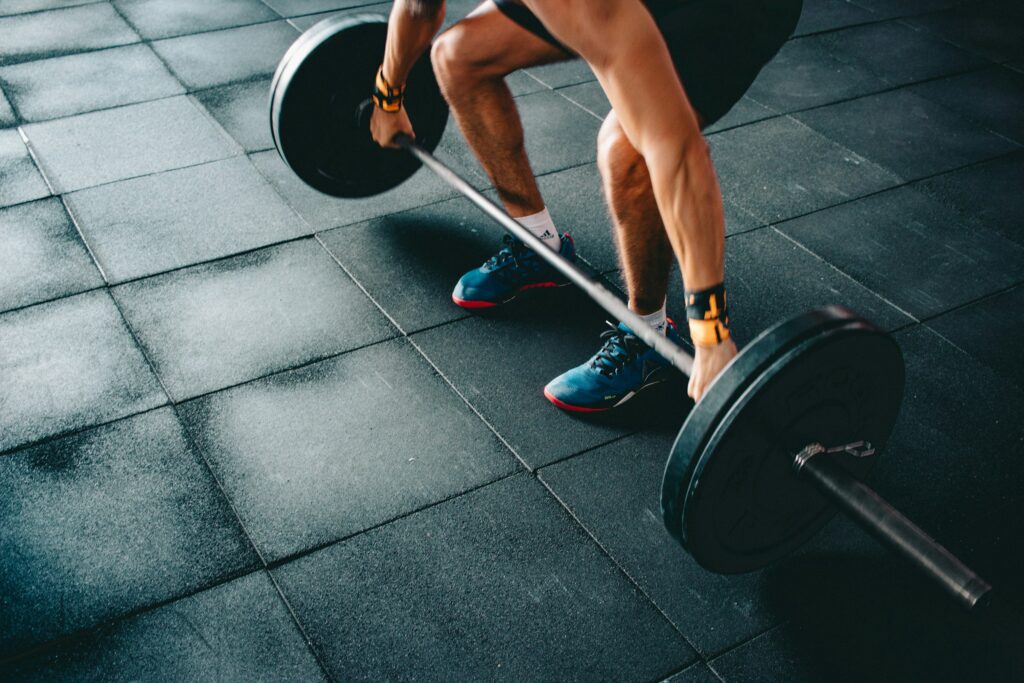
Welcome to the ACL Rehabilitation: Part 3 blog!
In ACL Rehabilitation: Part 2 we highlighted the process of recovering from surgery and the importance of reducing and controlling the swelling, keeping the quadriceps ‘firing’, and achieving early full knee extension. ACL Rehabilitation: Part 3 looks to address strength, control and balance.
This should be an extremely thorough, progressive period of the process, and too often not enough time is spent really building a high level of strength in this phase. People often, understandably, are keen to get back to running and so rush this phase. But in reality, the longer time is spent exposing the limb to high loads in the gym, the less risk is involved with return to running and the less chance of set backs. At Central Therapy we like to follow the great Melbourne ACL guidelines.
There are 3 Important Goals to consider in Phase 3:
– Regain single leg balance
Following injury and surgery, due to the trauma to the joint and the subsequent lack of use, there will be an almost total loss of balance and ‘proprioception’ (the body’s ability to sense movement, action, and location). It is key to restore this ability in order for the limb to function adequately and to be secure in accepting load during the walking/running gait, normal daily activities, and particularly importantly, sporting activities.
In the early stages of this phase, balance can be trained simply by standing in a ‘tandem’ stance (both feet in a line, heel to toe). Progressing to single leg balance when tolerable. Balance and proprioception exercises can be progressed to become more and more challenging; end stage balance exercises could involve single leg stance on an unstable surface whilst having to catch objects thrown by a partner, for example.
– Regain Strength
Regaining full strength in the limb is crucial. Hopefully, if the previous two rehab phases are completed optimally, some loss of strength can be mitigated. However, post surgery, large strength and thigh circumference deficits will be present. These need to be restored to a certain level before moving on to more dynamic rehab. There are many ways that strength can be restored, and this is where a comprehensive, well structured program is critical. Seeking professional help here can help to ensure that no element is missed. All major muscle groups that support the knee must be strengthened progressively, using the non injured limb as a marker for progression.
– Control of movement with single leg squat
Before returning to running after ACL injury, we need to ensure that a) strength is restored, and b) that the athlete can control their movement effectively. This can be tested by observing how they perform a single leg squat: Is the movement controlled, well aligned, and can it be performed with adequate endurance.
This ability can be trained during this phase partly through the general strength activities, particularly focusing on single leg exercises. It is also addressed by utilising specific neuromuscular control based exercises that focus on a persons ability to control movements under time and load.
As stated previously, this is a thorough, comprehensive phase. Progression from phase 3 is only considered when the following criteria have been met:
1. Knee Extension is full and equal to the non injured limb.
2. Knee Flexion is 125 degrees or more.
3. Swelling is measured as Zero on testing.
4. Functional Movement Test (single leg squat) is rated as ‘Good’
5. Single Leg Bridges are at least 85% of the non injured side.
6. Calf Raises are at least 85% of the non injured side.
7. Side bridges are at least 85% of the non injured side.
8. Single Leg Squat are at least 85% of the non injured side.
9. Single Leg Balance is at least 45 seconds with eyes open, and at least 9 seconds with closed eyes.
Other possible considerations, particularly if returning to high level pivoting sports are:
– Single Leg Leg Press 1 rep max at 1.5x bodyweight.
– Squat 1 rep max at 1.5x bodyweight.
Once all of these markers have been achieved, progression onto the next phase is permitted. Phase 4 of this rehabilitation process will introduce running, agility, and landings.
Be sure to stay tuned for the next post!


